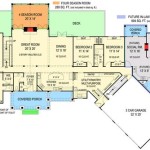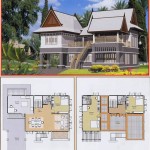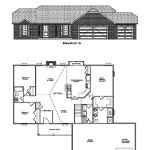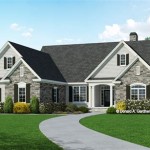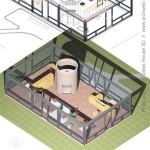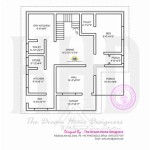Essential Aspects of Authentic Historic House Plans
Preserving the authenticity of historic homes requires careful attention to architectural details and construction techniques. Authentic historic house plans provide a blueprint for restoring or replicating these structures, ensuring the preservation of their historical character and value.
1. Architectural Style and Period
Historic house plans are typically classified according to their architectural style and period. These styles reflect the design trends and influences prevalent during different historical eras, such as Georgian, Victorian, Colonial, and Craftsman. Accurate plans incorporate the distinctive features and proportions associated with each style.
2. Materials and Construction
Authentic historic house plans include specifications for the materials and construction techniques used in the original structures. These materials often include brick, stone, wood, and plaster. Plans should also detail the joinery techniques, such as mortise and tenon joints, which were common in historic construction.
3. Room Layout and Flow
Historic homes typically follow a specific room layout and flow. Formal living rooms and dining rooms were often separated by wide hallways, while bedrooms were located on upper floors. Plans should preserve these traditional layouts to maintain the character of the home.
4. Decorative Elements
Historic house plans include details for decorative elements such as moldings, cornices, and mantels. These elements enhance the architectural style of the home and create a sense of historical authenticity. Plans should specify the profiles and dimensions of these decorative features.
5. Exterior Details
Authentic historic house plans also include details for exterior elements such as porches, windows, and doors. These features contribute to the overall character and curb appeal of the home. Plans should provide specifications for the style, size, and placement of these elements.
6. Historical Research
Creating authentic historic house plans requires thorough historical research. This includes studying original blueprints, photographs, and other records to ensure that the plans are accurate and consistent with the historical context of the home.
7. Compliance with Building Codes
While it's important to preserve historical authenticity, historic house plans must also comply with modern building codes and safety standards. Plans should incorporate features such as electrical and plumbing systems that meet current regulations while maintaining the overall historical character of the home.
Conclusion
Authentic historic house plans are essential for restoring and replicating historic structures. By incorporating accurate architectural details, specifying traditional materials and construction techniques, and preserving historical layouts and decorative elements, these plans help to ensure the preservation of our architectural heritage.

Italianate Victorian House Plans

Victorian Style House Plans Sater Design Collection

Victorian Style House Plans Sater Design Collection

Historic House Plans Coastal From Home

Victorian House Plans Monster

Victorian Style House Plans Sater Design Collection

Change The Great Room Into A Library Add Some Secret Passages And Panic Rooms Instant Dream Home Victorian House Plans

7 Gorgeously Old Fashioned Farmhouse Plans

New Replica Historic House Plans Oldhouseguy Blog

New Replica Historic House Plans Oldhouseguy Blog


